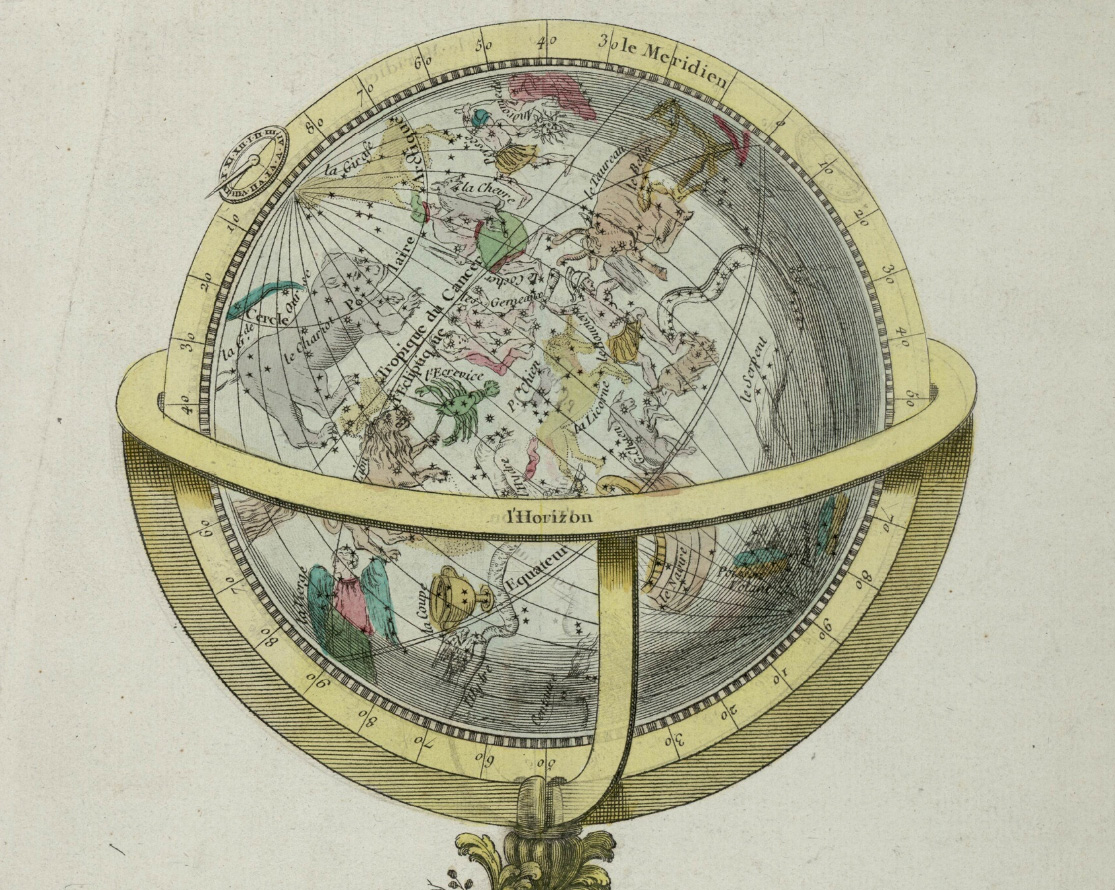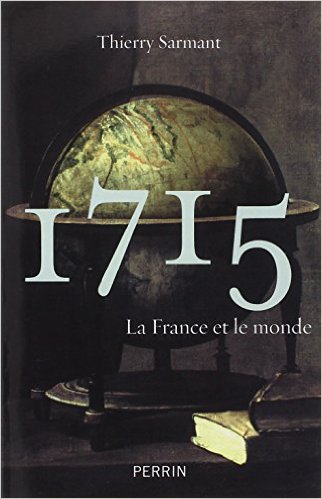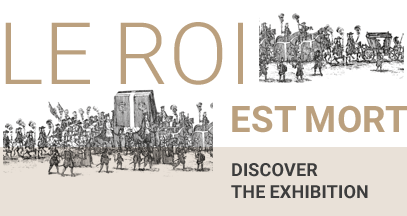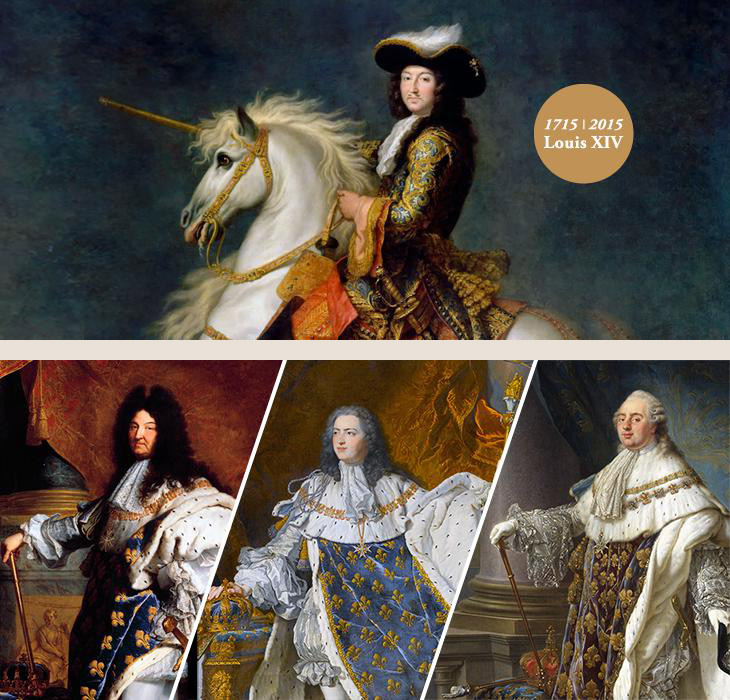Louis XIV and the worlds of 1715 #1
By Thierry SARMANT
In the French historiographical tradition 1715 is a date forever associated with the death of Louis XIV, but also a date synonymous with the end of an era. In our history textbooks, the year 1715 marks the end of what we call the ‘Grand Siècle’ and the start of the ‘Age of Enlightenment’. On one side of this boundary lies absolute monarchy and the Catholic counter-reformation; on the other, the age of literary salons and philosophers laying the foundations of Revolution.
This crude delimitation of different ‘eras’ has long been contested: in his seminal 1935 work The Crisis of the European Mind, Paul Hazard noted that the first generation of Enlightenment thinkers emerged in the 1680s, and demonstrated the immense debt their philosophy owed to Descartes. Louis XIV was still on the throne when Voltaire and Montesquieu were finishing up their studies: the idea of the ‘Grand Siècle’ as the direct antithesis of the ‘Age of Enlightenment’ simply doesn’t hold up.
More recently, historians have come to the realisation that 1715 is no more pertinent a chronological milestone in terms of the broader political situation. In spite of initial appearances, the Regency was not a reaction to but a continuation of the Sun King’s ruling principles. Innovations in government (‘Polysynody’) and the economy (Law’s System) only lasted so long. Philippe d’Orléans soon showed himself to be every bit as enamoured with royal authority as his uncle had been. Nor did the Regent do much to remove Louis XIV’s favourites from their positions of authority; the upper echelons of the kingdom’s administrative hierarchy – Counsellors of State, Maîtres des Requêtes, Intendants – enjoyed a remarkable continuity. In foreign policy, Philippe followed in his uncle’s footsteps by preferring peace over war: he saw the alliance with England, which caused outrage at the time, as a way of securing the restructuring of Europe which had been inaugurated by the treaties of Utrecht (1713) and Rastadt (1714). The transferral of the government to Versailles in 1722, after seven years spent in Paris, was a symbolic affirmation of the loyalty which the Prince and his counsellors bore to the legacy of Louis XIV.
The death of the Sun King was major news throughout Europe, but was soon eclipsed by other developments. Across the English Channel the defining event of the year 1715 was the failed Jacobite rising, often referred to simply as ‘The Fifteen’. The failure of this rebellion definitively cemented the power of the House of Hanover. Spain, meanwhile, was rocked by the loss of a fleet of galleons laden with American gold and silver, shipwrecked off the Florida coast on 30th July 1715. In Germany, people were more preoccupied with the foundation of Karlsruhe by the Margrave of Baden-Durlach, and the loss of the Pomeranian island of Rügen to the Danish. In Sweden, the year 1715 saw the return of King Charles XII after fifteen years of campaigning against Denmark, Saxony and Russia.
For the rest of the world the death of Louis XIV was a non-event because, strictly speaking, in 1715 ‘the world’ as we know it did not yet exist. There were, in fact, multiple worlds: the vast majority of the global population had no sense of being linked by a shared destiny to the rest of humanity.
Read the second part of the article
 By Thierry SARMANT, Head Curator at the Carnavalet Museum. He recently published 1715. La France et le monde (éditions Perrin).
By Thierry SARMANT, Head Curator at the Carnavalet Museum. He recently published 1715. La France et le monde (éditions Perrin).






















